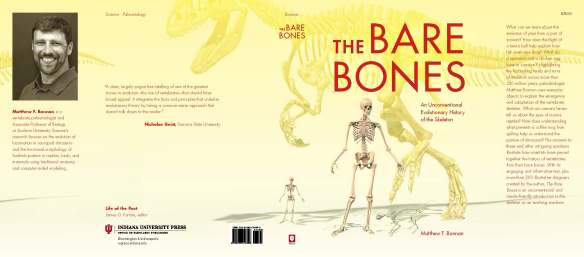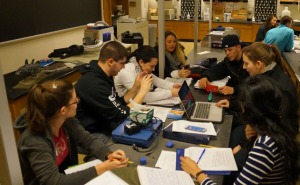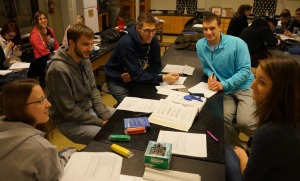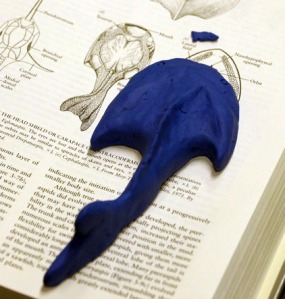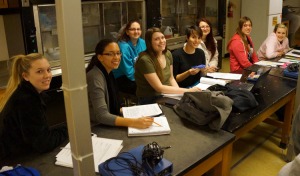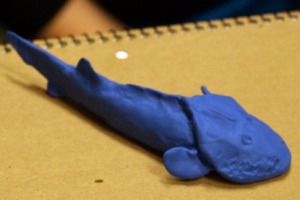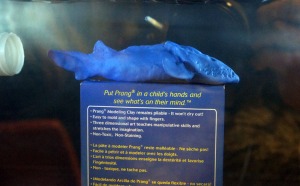In a recent Washington Post op-ed, Robert Gebelhoff suggests we recognize that science is far from unassailable and easily twisted to push various political agendas or to bolster our own particular world view. Gebelhoff then points to a variety of ways that science has been misused, and concludes by suggesting we refuse to have opinions where we don’t have a clear answer.
Whereas we should all be skeptical of proclamations from authority, Gebelhoff is far from alone in missing key aspects that give science its power. Let’s start by asking, what do you mean by “science”? Often nebulously imagined as a search for ultimate truth, science is no more nor less than the best tool we have for answering questions about the natural world. Ideally, those who do science abide by strict rules of conduct. Your hypotheses, laws, and theories must be testable, falsifiable, and predictive. Your claims are only valid if you have data to support them. You recognize your own inherent human bias and so have your work evaluated carefully by experts, a process known as peer review. If your peers and others cannot replicate your observations or experiments, the burden falls on you to either provide more evidence or reject or modify your conclusions. Ultimately, the data decide.
Science is a tool, but it is used by humans and that means that it will never be “anywhere near perfect” as Gebelhoff laments. This is certainly true, but ignores the fact that it is typically scientists themselves who catch errors and correct them. As is often said, science is a self-correcting discipline: if data keep piling up that contradict previous or current hypotheses, we reject the old and embrace the new because it is closer to what actually occurs in nature. Being truthful may not hold much currency in some human affairs, but if you lie and distort your data in science, sooner or later you will be found out and it will almost certainly mean the end of your career. Believe me, peer review is not for the faint-hearted.
Yes, science is not perfect. But this misses a crucial concept: there is no absolute certainty in science — there is simply probability. As scientists we recognize that we are human and can only realistically deal in samples. For example, when it comes to climate change, we simply can’t have all the data on all the clouds, carbon dioxide, and local temperatures everywhere and always. Therefore, we indicate that our data suggest certain scenarios are more probable than others. The higher the probability, the more confident one can be that the predictions will come to pass based on the data.
Here we get to the root of so many problems at the intersection of science and politics. Especially now, many of us have taken rigid political sides and we hide behind our identity bunkers, secure in the knowledge that our politics are the right ones. Recognizing the authority of science, but failing to understand where that authority comes from, we cherry pick and twist what we have read about science to aid our fight. Few people go beyond a news blurb, Facebook post, or tweet, and rarer still do we read what the scientists actually reported. In other areas of politics, we can easily deny the significance of scientific findings by turning the nature of science itself on its head: until we can be certain, we claim, there is no need for action. How often have you heard something like, “Let’s just wait until all the data are in, and then we’ll make an informed decision.” This is simply a way to deny significant findings and to wait forever, potentially putting us in harm’s way.
Perhaps the most frustrating assertion in Gebelhoff’s article is that since the U.S. government spends billions of dollars on non-defense research each year, “with so much money at stake, it’s simply unrealistic to expect all scientists to act purely for the advancement of knowledge.” These sorts of statements really hurt those of us for whom science is not just a profession but a vocation. First, Gebelhoff’s claim that “$70 billion” is spent on non-defense research is misleading. Yes, in 2016 approximately $70 billion was spent on non-defense research and development, but it is “folded into the budgets of more than two dozen federal departments and independent agencies, and there may be little or no distinction made between activities” (https://www.aaas.org/fy16budget/federal-rd-fy-2016-budget-overview). Furthermore, as an example, in 2015 the total U.S. government budget was approximately $1.1 trillion, and science funding accounted for only 3% or about $30 billion of that money. Second, the majority of the money is often spent on supporting and training students and postdocs, as well as (rightly so) public outreach and education. Most scientists, if they ever receive this highly competitive funding, are not rolling in cash. Only 20% of the grant requests the National Science Foundation receives are funded each year, and the average annual award is approximately $160,000. Think about that – the average annual grant award for supporting students, buying equipment, publishing the results for the public, and doing outreach is less than the average annual salary of a medical doctor in the U.S. The truth is, if you want to be a rich scientist you pursue a career in the private sector.
Gebelhoff is correct – science is not perfect and its conclusions can be twisted to justify political ends. But this is no reason to lose hope in the power and benefit of science as a tool. Recognizing that our politics often distort the nature of science, we must stop expecting science to give us absolute certainty to justify our preconceived notions. Instead, we must struggle to remember that science is an apolitical tool for understanding nature. It is powerful in that it helps us predict, often very accurately, the likely outcomes of our actions here on earth. Science doesn’t care about your politics, but like all tools, it can be bent toward noble or ignoble ends. Let’s choose wisely.

